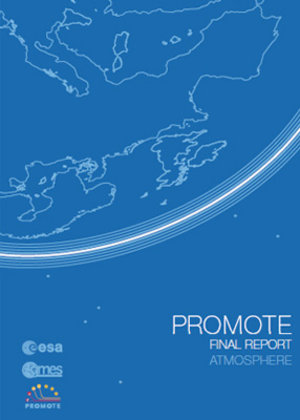GMES Service Element initiative
The GMES Service Element (GSE) was the first initiative fully dedicated to GMES. GSE focused on delivering policy-relevant services to end-users, primarily (but not exclusively) from Earth observation sources.
GSE has been a key GMES element since it enabled end-users to become involved in 'closing the loop' between operational results obtained from the present generation of Earth observation satellites and the definition of future systems.
GSE has supported the development of sustainable service delivery networks in three phases:
An initial consolidation phase with the objective of providing complete, clear and convincing answers to the following questions:
o What information is needed?
o What services can be provided?
o What are the benefits for Europe’s citizens?
o Do the benefits justify the costs?A second ‘scaling-up’ phase with the following objectives:
o Demonstrate progress towards long-term sustainability for a set of GMES services
o Deliver services and benefits to users on progressively larger scales
o Establish a durable, open, distributed GMES Service Provision Network
o Establish common standards and working practices for GMES Services- A third extension phase (for a subset of projects) aimed at improving services for the established user bases allowing adequate time to secure funding mechanisms that can sustain their long-term delivery.
Nine GSE service portfolios completed the consolidation and scaling-up phases:
- Land cover and Land use change information services (GSE Land)
- Flood and Fire risk management services (Risk-EOS)
- Information services for Humanitarian Aid (Respond)
- Information services for atmospheric pollution monitoring (Promote)
- Marine and coastal environmental information services (MarCoast)
- Polar environment information services (Polar View)
- Forest monitoring information service (GSE Forest Monitoring)
- Geotechnical risk management services (Terrafirma)
- Food security information services for Africa (Global Monitoring for Food Security)
- Maritime security information services (MARISS)
Several GSE services, qualified as ‘fit-for-purpose’ by an authoritative group of end-user organisations, have fully operational delivery and sustained user-funding. A notable example is oil-spill monitoring, which is now operationally assured at European level by the EMSA CleanseaNet service, and at national levels by responsible national authorities in 24 countries.
Many GSE services have, via competitive calls for proposals, successfully transferred to the EC’s framework for developing pre-operational GMES services. These services are expected, in due-course, to reach long-term sustainability in the operational phase of GMES.
This is also the case for GSE projects, indicated with an * above that have entered an extension phase.
The service networks currently active within GSE continue to deliver and qualify their services with users in more than 50 different countries. They are pursuing a range of different routes to reach long-term sustainable, operational status in the GMES operational phase.
The results of all GSE projects clearly demonstrate that the assurance of long-term data continuity and a free and open data policy for the GMES Sentinel missions is the decisive factor that will enable a multitude of end-user organisations, in Europe and worldwide, to realise the full socio-economic benefits of GMES.
Final reports on GSE services, including service descriptions, user-assessments and cost data, are available for download from the right-hand bar of this page.






